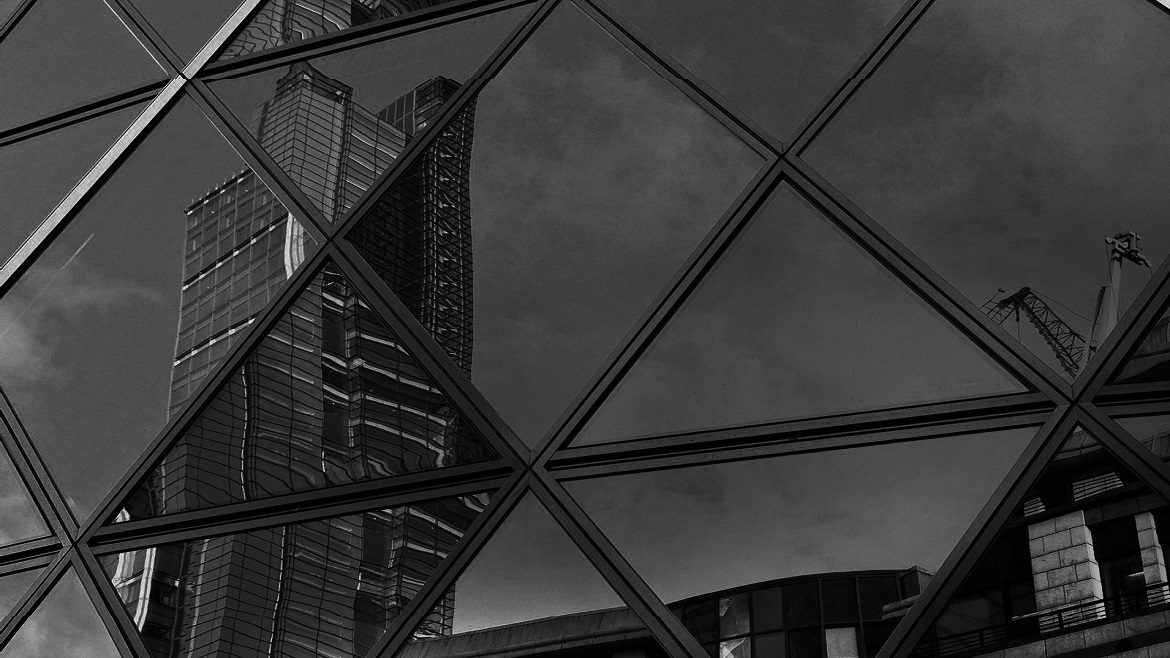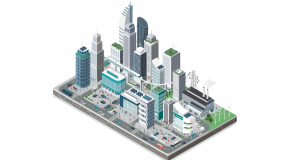Road transport is a key facilitator of trade and access to jobs, services and social interaction in general, but it is also creating visible strains on the environment, on urban space and safety. Technology cannot solve all problems, but it can provide significant help in all these dimensions. While propulsion technologies can deliver on the former, other, IT-based technologies can provide great gains on all three.
The long life of cars dampens the quick progress that is being achieved with new cars and trucks, and serious additional gains could be obtained if these vehicles were conceived for an easy update or retrofit of the components that are subject to rapid evolution: engines, transmission and computer controls. These components represent less than 25% of the mass of the vehicle, and could be replaced and recycled at about half-life of the vehicle (five to seven years), with a significant impact on carbon emissions overall.
Some additional emission reductions can be obtained through demand management and improved traffic control with the help of Intelligent Transport Systems (ITS). But these pale in comparison with what can be achieved if travellers in urban areas rather than vehicles become the focus of ITS. A large part of transport performance is delivered by small cars - private cars and taxis - with very low occupancy of rarely more than two, often only one, passenger.
A significant increase of this occupancy is relatively easy to obtain, and this is where the large gains are. The game is played on the mobile scene, with location-aware vehicles, smartphone-equipped people, and a few back-office apps promoting their optimised travel without the restriction of travelling alone. While pursuing the individual objectives of time saving and cost reduction, strong gains with regard to the social objectives will be obtained.
In medium and large cities at most times of the day, a multitude of people - sometimes very large numbers - want to move from roughly the same area to another area at roughly the same time. Currently, they all ignore each other's existence. But this could be easily solved in an IT-supported high connectivity environment, and the possibility of sharing rides organised in real-time would be at least offered, both for private cars and for taxis.
The efficiency gains are such that cost-sharing (pricing) solutions interesting for all parties involved are easily found. Some of these have been computer tested with very encouraging results both on costs and on time savings for all travellers. The results have also shown strong reductions in traffic volumes and congestion, emissions, and urban space needed for parking.
It is often mentioned that people used to driving solo will not be willing to share their ride. Yet the individual and social gains estimated in simulation are such that it is worth a real world test. Society seems to be moving towards a sharing culture, but there are several barriers in this case - not least the fact that shared taxis are illegal in most of the developed world and in most countries your car insurance will not cover you in case you were transporting someone with a revenue associated.
So quite large reductions in emissions from urban transport could be achieved in a very short time, with no subsidy required - just the removal of regulatory barriers. Why do we stay in the forbidden zone?
This blog is part of a series managed by the Economist Intelligence Unit for HSBC Commercial Banking. Visit HSBC Global Connections for more insight on international business.
The views and opinions expressed in this article are those of the authors and do not necessarily reflect the views of The Economist Intelligence Unit Limited (EIU) or any other member of The Economist Group. The Economist Group (including the EIU) cannot accept any responsibility or liability for reliance by any person on this article or any of the information, opinions or conclusions set out in the article.




